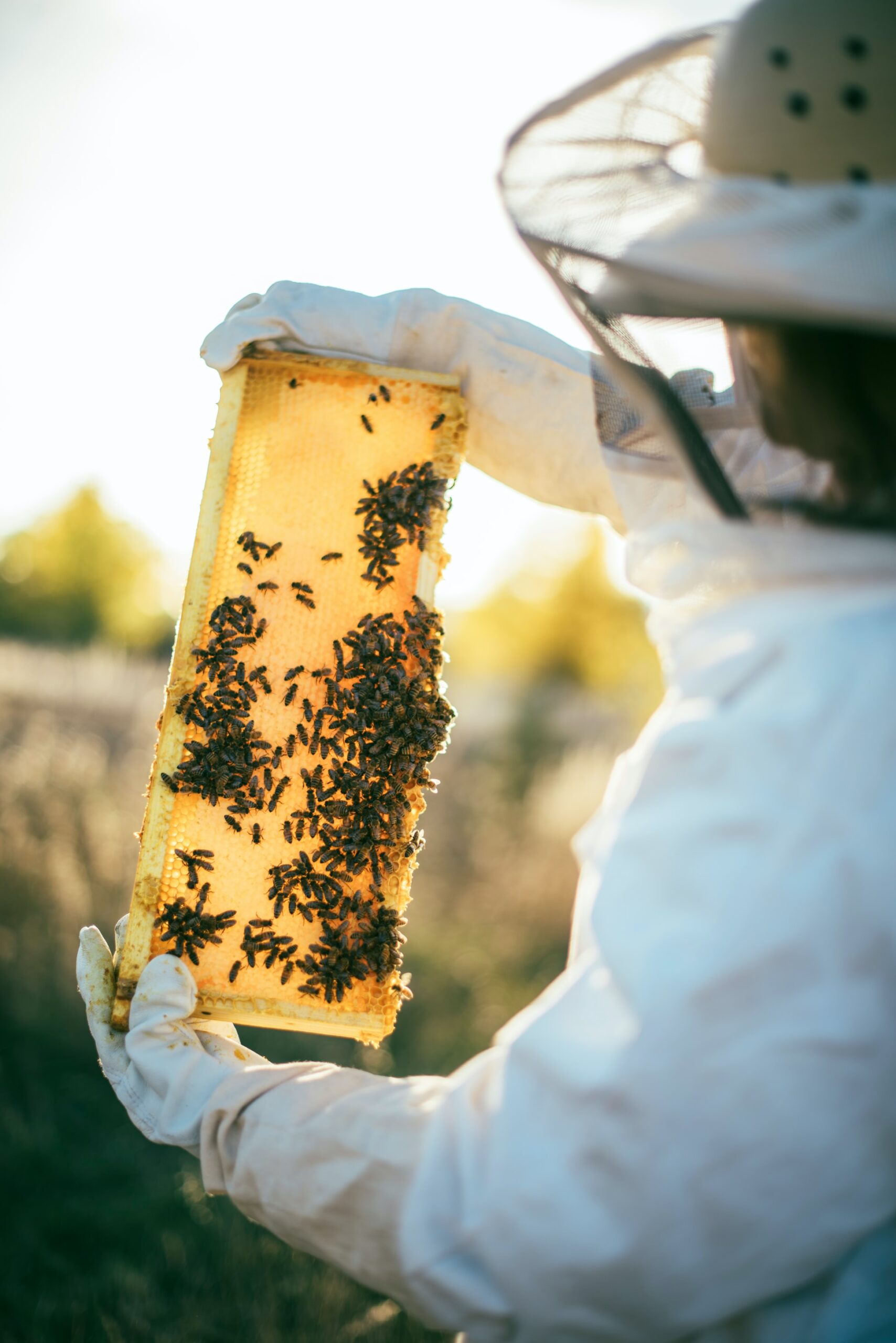The Bee’s Production: Creating Nature’s Golden Elixir
Honey, often dubbed as nature’s liquid gold, has long been cherished for its remarkable taste and numerous health benefits. However, have you ever paused to ponder upon its origins? Is honey truly the result of honey bees regurgitating nectar, or is there more to the story?
Unveiling the Truth: Debunking Common Misconceptions
There’s a prevalent misconception surrounding honey that it’s essentially bee vomit. While it’s true that bees regurgitate nectar as part of the honey-making process, labeling honey as “vomit” oversimplifies the intricate process that transforms floral nectar into the delicious substance we all know and love.
The Journey Begins: From Flower to Hive
When foraging for nectar, honey bees meticulously collect it from various flowers using their specialized tongue, known as a proboscis. This nectar is then stored within a special compartment in their stomach called the honey sac. Here, enzymes begin the process of breaking down complex sugars into simpler forms.
Nature’s Alchemy: Transforming Nectar into Honey
Upon returning to the hive, the bee deposits the partially digested nectar into the honeycomb. Then, through a fascinating process of regurgitation and evaporation, the bees reduce the moisture content of the nectar to around 17%. This reduction in moisture is crucial for preventing fermentation and ensuring the longevity of the honey.
Quality Control: Ensuring Purity and Flavor
During the evaporation process, bees add enzymes to the nectar, further breaking down sugars and enhancing the flavor and nutritional value of the honey. This meticulous craftsmanship by the bees contributes to the unique taste and consistency of different varieties of honey, each reflecting the floral sources from which the nectar was collected.
Dispelling the Myth: Honey Is More Than Just Bee Vomit
While it’s true that honey bees regurgitate nectar as part of the honey-making process, reducing honey to mere “bee vomit” fails to acknowledge the remarkable transformations it undergoes. From the moment the nectar is collected to the final product stored in honeycomb cells, honey is meticulously crafted by the bees, imbuing it with its distinct flavor, aroma, and health benefits.
Conclusion: Appreciating the Complexity of Honey Production
In conclusion, honey is far more than just the sum of its parts. It’s a testament to the ingenuity of honey bees and the wonders of nature. So, the next time you drizzle honey over your morning toast or stir it into your tea, take a moment to appreciate the intricate journey it took from flower to hive to your table. Honey truly is nature’s golden masterpiece.
